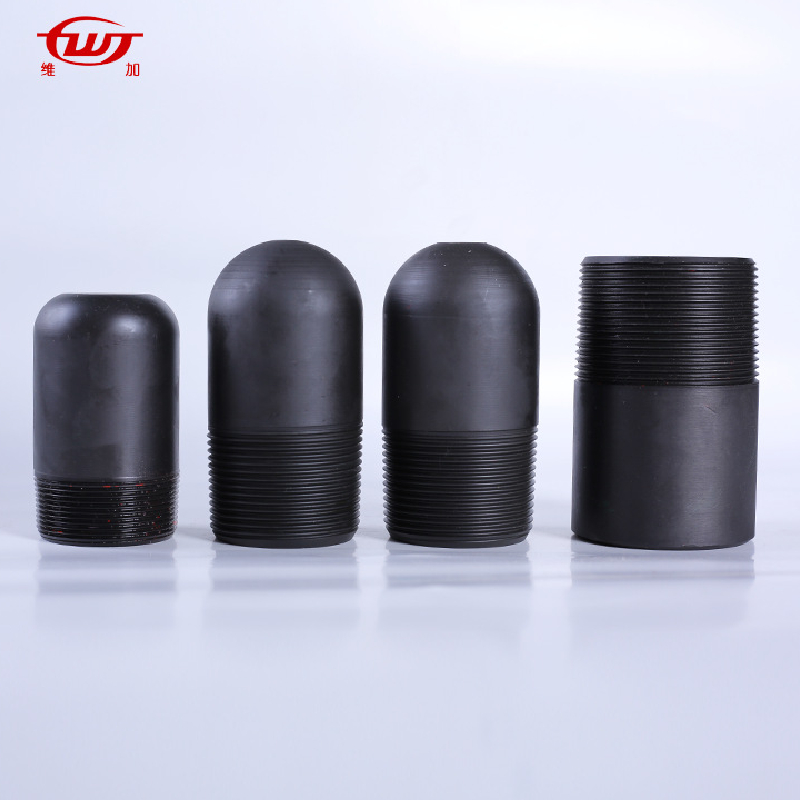- Afrikaans
- Albanian
- Amharic
- Arabic
- Armenian
- Azerbaijani
- Basque
- Belarusian
- Bengali
- Bosnian
- Bulgarian
- Catalan
- Cebuano
- Corsican
- Croatian
- Czech
- Danish
- Dutch
- English
- Esperanto
- Estonian
- Finnish
- French
- Frisian
- Galician
- Georgian
- German
- Greek
- Gujarati
- Haitian Creole
- hausa
- hawaiian
- Hebrew
- Hindi
- Miao
- Hungarian
- Icelandic
- igbo
- Indonesian
- irish
- Italian
- Japanese
- Javanese
- Kannada
- kazakh
- Khmer
- Rwandese
- Korean
- Kurdish
- Kyrgyz
- Lao
- Latin
- Latvian
- Lithuanian
- Luxembourgish
- Macedonian
- Malgashi
- Malay
- Malayalam
- Maltese
- Maori
- Marathi
- Mongolian
- Myanmar
- Nepali
- Norwegian
- Norwegian
- Occitan
- Pashto
- Persian
- Polish
- Portuguese
- Punjabi
- Romanian
- Russian
- Samoan
- Scottish Gaelic
- Serbian
- Sesotho
- Shona
- Sindhi
- Sinhala
- Slovak
- Slovenian
- Somali
- Spanish
- Sundanese
- Swahili
- Swedish
- Tagalog
- Tajik
- Tamil
- Tatar
- Telugu
- Thai
- Turkish
- Turkmen
- Ukrainian
- Urdu
- Uighur
- Uzbek
- Vietnamese
- Welsh
- Bantu
- Yiddish
- Yoruba
- Zulu
An Overview of Tubing and Casing in Oil and Gas Well Construction and Maintenance Techniques
Understanding Tubing and Casing in Oil and Gas Operations
In the oil and gas industry, the extraction of hydrocarbons from beneath the Earth's surface is a complex process that involves several critical components. Among these, tubing and casing play pivotal roles in ensuring the safety, efficiency, and effectiveness of production operations. This article delves into the functionalities, materials, and importance of tubing and casing in oil and gas drilling.
What is Tubing?
Tubing refers to the pipe through which the oil or gas produced from a well flows to the surface. Typically, it is smaller in diameter compared to casing and is inserted inside the casing. The primary function of tubing is to facilitate the extraction of hydrocarbons while minimizing pressure loss and maintaining the well's integrity.
Tubing is usually made from materials such as carbon steel or stainless steel, which are selected based on their resistance to corrosion and ability to withstand high temperatures and pressures. The selection of appropriate tubing dimensions and design is critical, as it impacts the flow rates and overall efficiency of the production process. Tubing must be regularly monitored and maintained to prevent common issues such as corrosion, scaling, and blockages.
What is Casing?
Casing, on the other hand, serves as a protective shell lining the drilled wellbore. Once the drilling process is completed and the target depth is reached, casing is installed to stabilize the well and prevent the collapse of the borehole. It also protects freshwater aquifers from contamination by isolating the well fluids from surrounding geological formations.
Casing comes in a variety of sizes and grades, determined by the specific conditions and geological formations encountered during drilling. The materials used for casing are usually similar to those used for tubing, with additional considerations for factors such as tensile strength, corrosion resistance, and burst pressure. Proper design and installation of casing are essential for ensuring the safety and reliability of a well throughout its life cycle.
tubing and casing

The Relationship Between Tubing and Casing
While tubing and casing serve distinct functions, their interrelationship is crucial for the successful operation of an oil or gas well. The casing provides structural integrity to the wellbore, while the tubing allows for the efficient flow of produced hydrocarbons. It is essential for operators to ensure both elements are compatible, as any weaknesses in casing can lead to substantial issues, including blowouts or contamination of productive zones.
Another important consideration is well completions, which can involve the use of multiple tubing strings or liner systems to optimize production. For instance, a well may be completed with a perforated liner that allows for the direct flow of hydrocarbons into the tubing, ensuring maximum recovery rates.
Importance of Maintenance and Monitoring
Given the high costs associated with drilling and completing a well, ensuring that both tubing and casing are properly maintained is paramount. Regular inspections, corrosion monitoring, and the use of advanced technologies such as downhole sensors can provide essential data about the conditions within the well. Early detection of potential issues can prevent catastrophic failures and increase the overall lifespan of the well.
Conclusion
In summary, tubing and casing are fundamental components of oil and gas operations, each playing a critical role in the safe and efficient extraction of resources. Understanding their functions, material selection, and the importance of maintenance is vital for operators in the industry. Advances in technology continue to shape the methods used to monitor and improve tubing and casing performance, paving the way for safer and more productive oil and gas operations. Through effective management of these elements, the industry can strive toward sustainability while meeting the ever-growing global energy demands.
-
Tubing Pup Joints: Essential Components for Oil and Gas OperationsNewsJul.10,2025
-
Pup Joints: Essential Components for Reliable Drilling OperationsNewsJul.10,2025
-
Pipe Couplings: Connecting Your World EfficientlyNewsJul.10,2025
-
Mastering Oilfield Operations with Quality Tubing and CasingNewsJul.10,2025
-
High-Quality Casing Couplings for Every NeedNewsJul.10,2025
-
Boost Your Drilling Efficiency with Premium Crossover Tools & Seating NipplesNewsJul.10,2025







